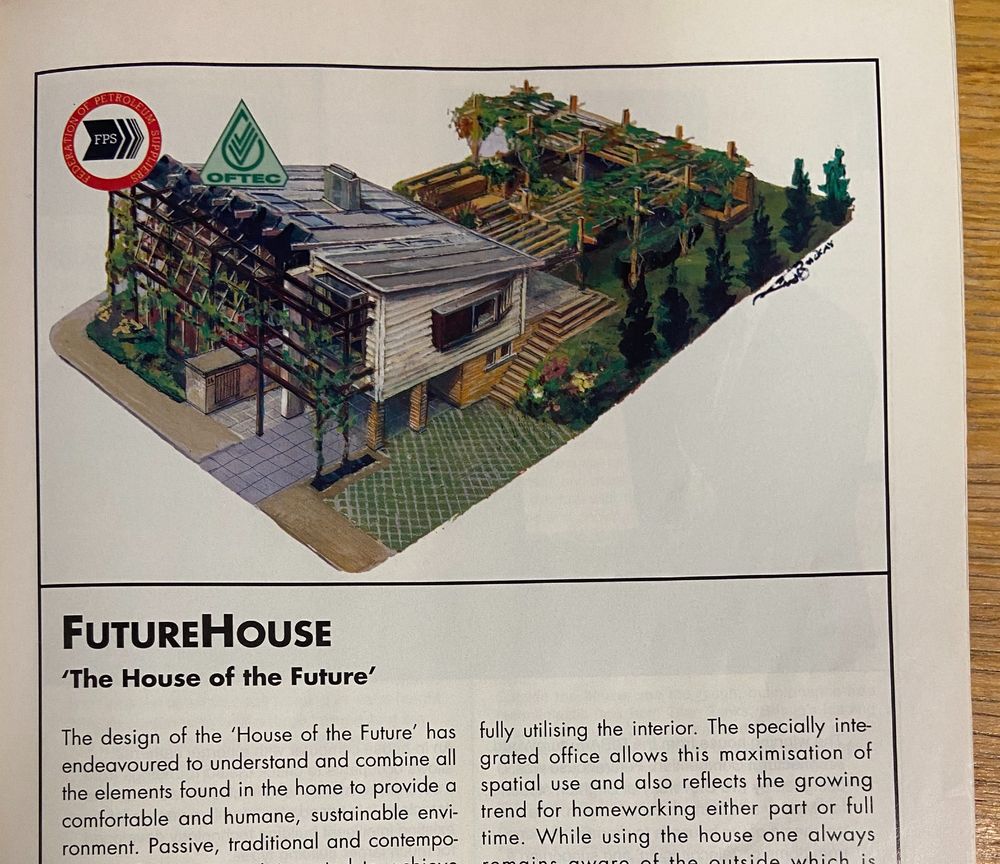
Head of History of Architecture and Urban Studies (HAUS) florianurban.com


Presentations by John Joseph Burns, Barnabas Calder, and Florian Urban
Free entry - please register with Eventbrite

Presentations by John Joseph Burns, Barnabas Calder, and Florian Urban
Free entry - please register with Eventbrite


www.amazon.co.uk/Form-Follows...

www.amazon.co.uk/Form-Follows...








@barnabascalder
Humans are weak. Their muscle power is about 0.6 kWh in 8 hrs, as much as 5 g of crude oil. And oil is still cheap –just $0.03 for 5 g.
No wonder why no one builds their house with muscle power any more, as people did on Lewis in 1875...

@barnabascalder
Humans are weak. Their muscle power is about 0.6 kWh in 8 hrs, as much as 5 g of crude oil. And oil is still cheap –just $0.03 for 5 g.
No wonder why no one builds their house with muscle power any more, as people did on Lewis in 1875...



